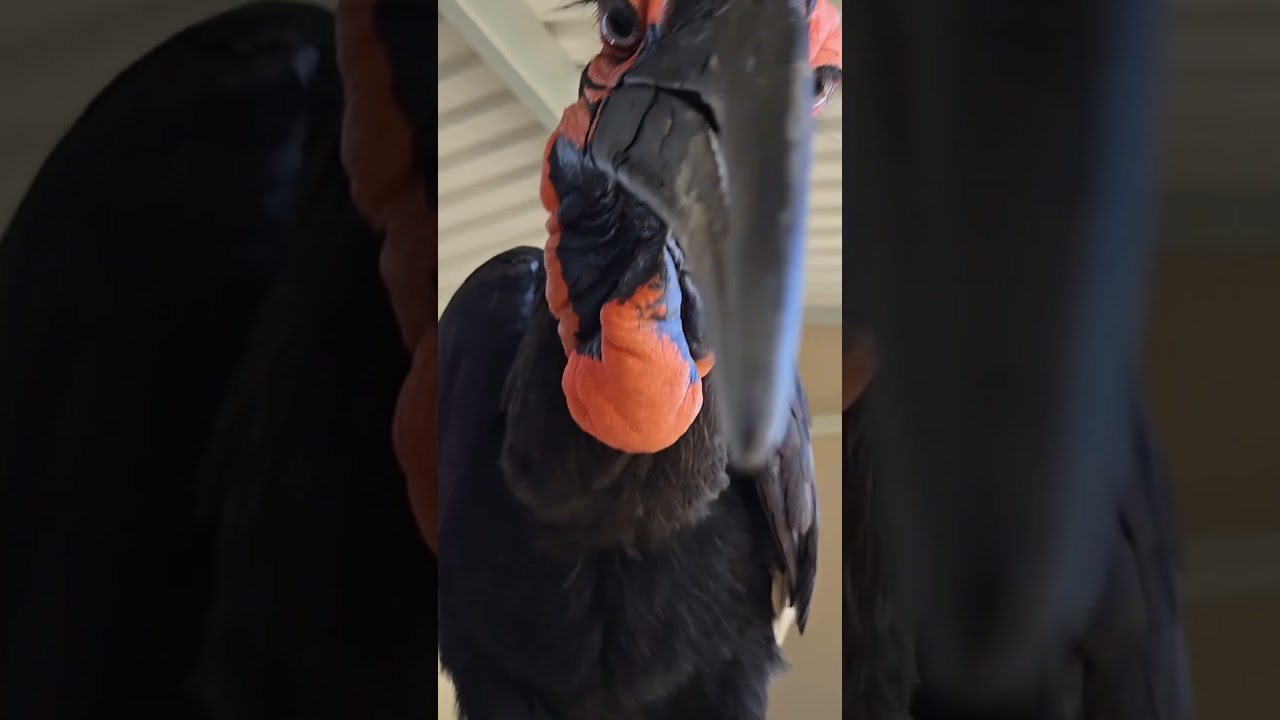- Exploring the Concept of "Boop" in Animal Behavior and Human Interaction
- The Importance of Understanding and Respecting Animal Behavior in Zoos and Wildlife Conservation
- Rule #1: "Everyone Gets One Boop" – Encouraging Positive Interaction While Maintaining Boundaries
- Rule #2: "Don’t Test Us on Rule #1" – Understanding the Importance of Safety and Respect in Animal Interactions
- The Role of Education and Public Engagement in Conservation Efforts
Exploring the Concept of "Boop" in Animal Behavior and Human Interaction
The term "boop" often describes a gentle, playful tap, typically on the nose, in human and animal interactions. This simple gesture may seem trivial, but it plays an essential role in bonding and communication. In zoology, "boops" can mimic behaviors observed in social animals. In particular, they resemble the way many animals communicate with each other using touch, such as the gentle nudging seen in primates, dogs, and many other species.
While humans may find these interactions endearing, animals interpret them based on species-specific social cues. A boop to an animal could signal affection or curiosity, but it’s crucial to understand the deeper context. For instance, a dog might see a human boop as a friendly gesture because dogs use their noses to explore and connect. However, the same action towards a wild animal could result in adverse reactions if not approached with sensitivity and knowledge of that species’ behavior.
The Importance of Understanding and Respecting Animal Behavior in Zoos and Wildlife Conservation
Zoos play a vital role in wildlife conservation and education. By allowing people to interact with animals up close, zoos can inspire conservation efforts and increase awareness of environmental issues. However, understanding animal behavior is critical to ensuring these interactions are safe and beneficial for both animals and visitors.
Animal handlers and caregivers must possess in-depth knowledge of each species’ behavior, habits, and signals of stress or discomfort. This understanding allows them to create enrichment activities that promote natural behaviors and stimulate mental and physical activity. Furthermore, respecting animals and their space is essential to providing a stress-free environment.
Training and public education programs reinforce the importance of respecting animals. Visitors learn the boundaries and rules, like the iconic "Everyone Gets One Boop," reinforcing the idea that interactions, even those that seem friendly, must respect the animal’s comfort and autonomy.
Rule #1: "Everyone Gets One Boop" – Encouraging Positive Interaction While Maintaining Boundaries
The playful assertion that "everyone gets one boop" exemplifies the philosophy of balanced interactions within zoos and conservation programs. It highlights a controlled engagement that can strengthen the bond between humans and animals while maintaining respect for the animal’s personal space and nature.
Experts in zoo management and animal handlers often utilize the concept of a singular, gentle interaction to promote understanding and care without overstepping boundaries. Observing an animal’s reaction to a boop can provide valuable insights into its temperament and stress levels. Only through trained, cautious approaches can we ensure that such interactions remain positive experiences for the animals.
Limiting these interactions to one respectful gesture per animal prevents overstimulation and potential stress, which could otherwise lead to aggressive behaviors or health issues. In wildlife conservation, this rule underscores the importance of minimal interference and the prioritization of animal welfare over mere entertainment.
Rule #2: "Don’t Test Us on Rule #1" – Understanding the Importance of Safety and Respect in Animal Interactions
The warning, "Don’t test us on rule #1," underscores the critical nature of respecting an animal’s boundaries to ensure safety. This rule serves as a reminder that animals, especially wildlife in captivity, have intrinsic behaviors and thresholds that must be respected to maintain harmony between human visitors and the creatures they observe.
Breaking this rule or pushing boundaries can lead to unsafe situations, both for the visitor and the animal. It emphasizes the concept that interaction with animals, even domesticated ones, requires careful consideration of the risks involved. Zoos often have policies and guidelines developed with biological insights and data to dictate what kind of interactions are safe for the public and the animals.
Safety training and regular educational workshops for zoo staff and visitors are critical to fostering a culture of respect and cautious engagement. These activities highlight not only how to interact with animals safely but why it is vital to adhere to established rules.
The Role of Education and Public Engagement in Conservation Efforts
Education serves as the backbone of wildlife conservation efforts. Zoos and conservation organizations bear the responsibility of educating the public about the significance of protecting wildlife and their habitats. This involves addressing issues such as habitat destruction, climate change impacts, and the illegal wildlife trade.
Public engagement efforts often include programs that bring communities closer to conservation issues. Interactive and informative experiences can inspire visitors to become advocates for wildlife. Regularly integrating educational components into interactions, like explaining the rationale behind policies such as "Everyone Gets One Boop," enhances public understanding and appreciation of the efforts behind conservation.
Conservation education encourages actionable steps, motivating individuals to contribute positively to environmental efforts. It fosters a deeper connection with nature, promoting behaviors that support sustainable and ethical wildlife interactions. By nurturing this awareness, zoos and wildlife conservation organizations can drive tangible change in environmental stewardship, contributing to global efforts in safeguarding biodiversity for future generations.
*****
Source Description


